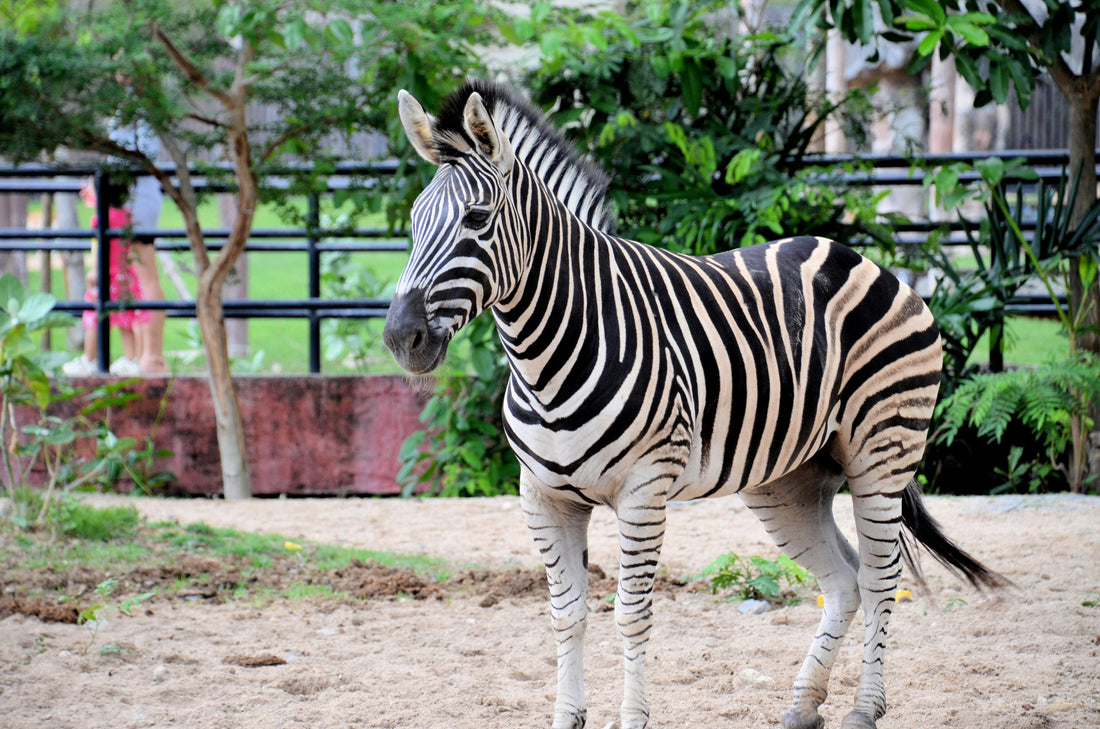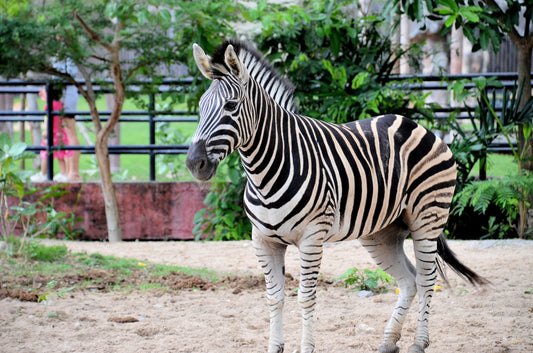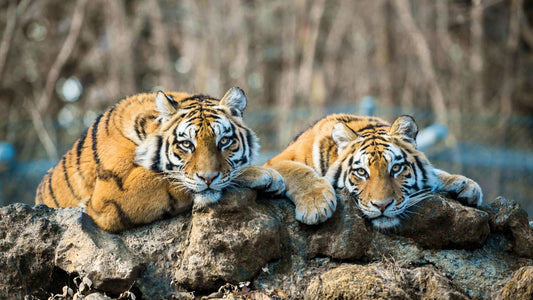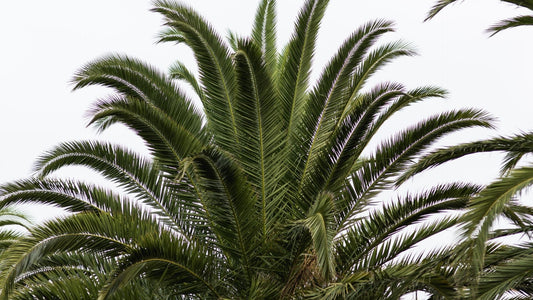Rethinking the Future of Zoos: Designing Habitats Where Animals and People Thrive
Modern zoos are at a crossroads. As public awareness of animal welfare and conservation grows, the old model of cages and concrete enclosures feels increasingly outdated. The next generation of zoos will be sanctuaries of empathy — places where people reconnect with nature through design that honors the animal’s instincts, environment, and dignity.
Here are seven visionary design principles shaping the future of ethical, educational, and awe-inspiring zoological parks — along with the species that stand to benefit most.
🌳 1. Immersive Habitats: Living Ecosystems, Not Exhibits
Future zoos must move beyond the “look and move on” model. Immersive habitats create environments that mirror wild ecosystems — allowing visitors to feel like participants, not spectators.
Design in action:
- Elevated walkways wind through lush canopy zones where orangutans swing overhead and gibbons call from tree to tree.
- Underground tunnels give visitors glimpses into the lives of meerkats and warthogs without intrusion.
- Observation domes nestled in the landscape let guests quietly watch lions or wolves resting in natural terrains.
This style of habitat design deepens empathy, letting people witness authentic behavior — not performances.
🪵 2. Territory Zones That Respect Animal Instincts
Every species has an inherent need for personal space, comfort, and control of its environment. Future zoo enclosures will be built around these natural rhythms.
Design features include:
- Lookout rocks and shaded cliffs for big cats to observe their surroundings.
- Soft digging soil and tree logs for bears and anteaters to forage.
- Vegetated retreats where red pandas or snow leopards can disappear from view when they need solitude.
When animals can choose where to be and what to do, stress is reduced and natural behavior thrives.
🌧️ 3. Climate-Responsive and Sensory Enrichment
Animals, like people, respond deeply to sensory variety. Temperature, sound, scent, and texture all influence mood and movement.
Imagine this:
- Misters and gentle rain features in tropical bird habitats, refreshing toucans and macaws.
- Shifting light patterns that mimic sunrise and sunset in elephant and rhinoceros enclosures.
- Rotating scents and puzzle feeders for hyenas and otters to stimulate natural curiosity.
These subtle design layers transform enclosures into ever-changing experiences — dynamic, playful, and alive.
👩🏽🏫 4. Story-Based Visitor Experiences
The future zoo experience is narrative-driven. Instead of static signs, visitors embark on story trails that invite emotional connection.
Examples of narrative design:
- “A Day in the Life of the African Plains” — guests follow a path where zebras, giraffes, and ostriches share interlinked spaces, accompanied by ambient soundscapes and conservation stories.
- QR codes connect to live conservation projects protecting cheetahs or rhinos in the wild.
- Augmented reality overlays show migratory routes or a species’ changing habitat due to climate change.
When education and empathy merge, conservation becomes personal.
🌍 5. Conservation Sanctuaries & Rewilding Parks
Future zoos will double as living laboratories for conservation — spaces where endangered species recover, research flourishes, and the public witnesses healing in action.
Possible zones:
- Rescue sanctuaries for retired performing elephants or rehabilitated birds of prey.
- Local wildlife zones for foxes, owls, and turtles, where native species are restored to balance.
- Public volunteer gardens where visitors plant pollinator-friendly flora or learn to compost for biodiversity.
The zoo becomes not just a destination — but a force for regeneration.
☕ 6. Shared Serenity: Human Relaxation Meets Animal Peace
Zoos of the future can nurture people’s mental health while respecting animal boundaries. Imagine gentle human-nature overlap, where both species coexist quietly.
Design ideas:
- Café terraces overlooking distant elephant ponds or flamingo lagoons, separated by natural moats and wetland vegetation.
- Reading nooks and meditation benches surrounded by the songs of tropical birds.
- Nighttime “sound safaris” where visitors listen to the calls of frogs, owls, and lemurs under soft moonlight.
When visitors slow down, they notice — and that noticing leads to compassion.
🔋 7. Sustainable, Circular, and Regenerative Design
The next era of zoos must walk the talk of sustainability. From the materials used to the energy powering the grounds, every choice can echo ecological balance.
Sustainability in practice:
- Solar-powered filtration systems for hippopotamus pools.
- Compost from animal waste turned into rich soil for gardens.
- Recycled rainwater used for wallows, misting systems, and irrigation.
- Bamboo or reclaimed wood for fencing and shelters instead of synthetic materials.
These design systems reduce the zoo’s footprint and set a visible example for urban sustainability.
🌺 The Future: Empathy, Ecology, and Education
Tomorrow’s zoo will be less about spectacle and more about stewardship. It will be a place where orangutans swing, elephants bathe, and children learn — all in harmony with nature’s rhythm.
Designing for both animals and people isn’t a compromise. It’s a reunion — a return to understanding that every species thrives when given the space, respect, and beauty of a well-designed home.




